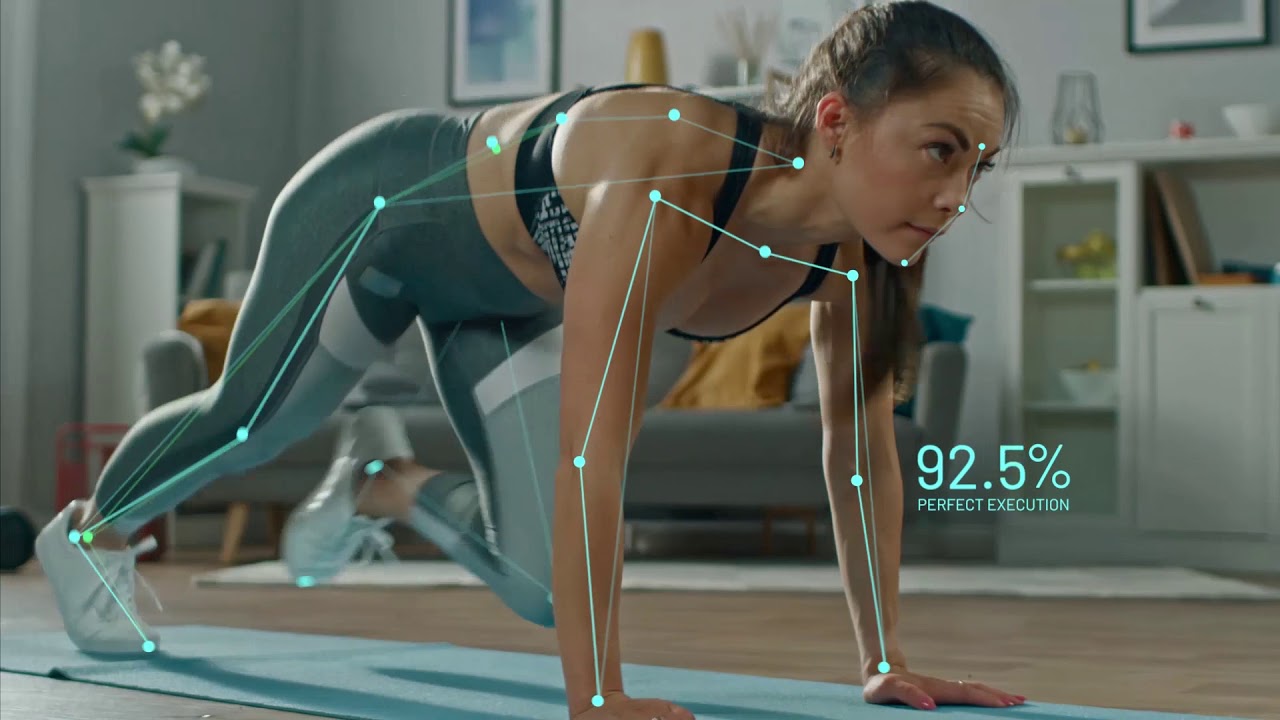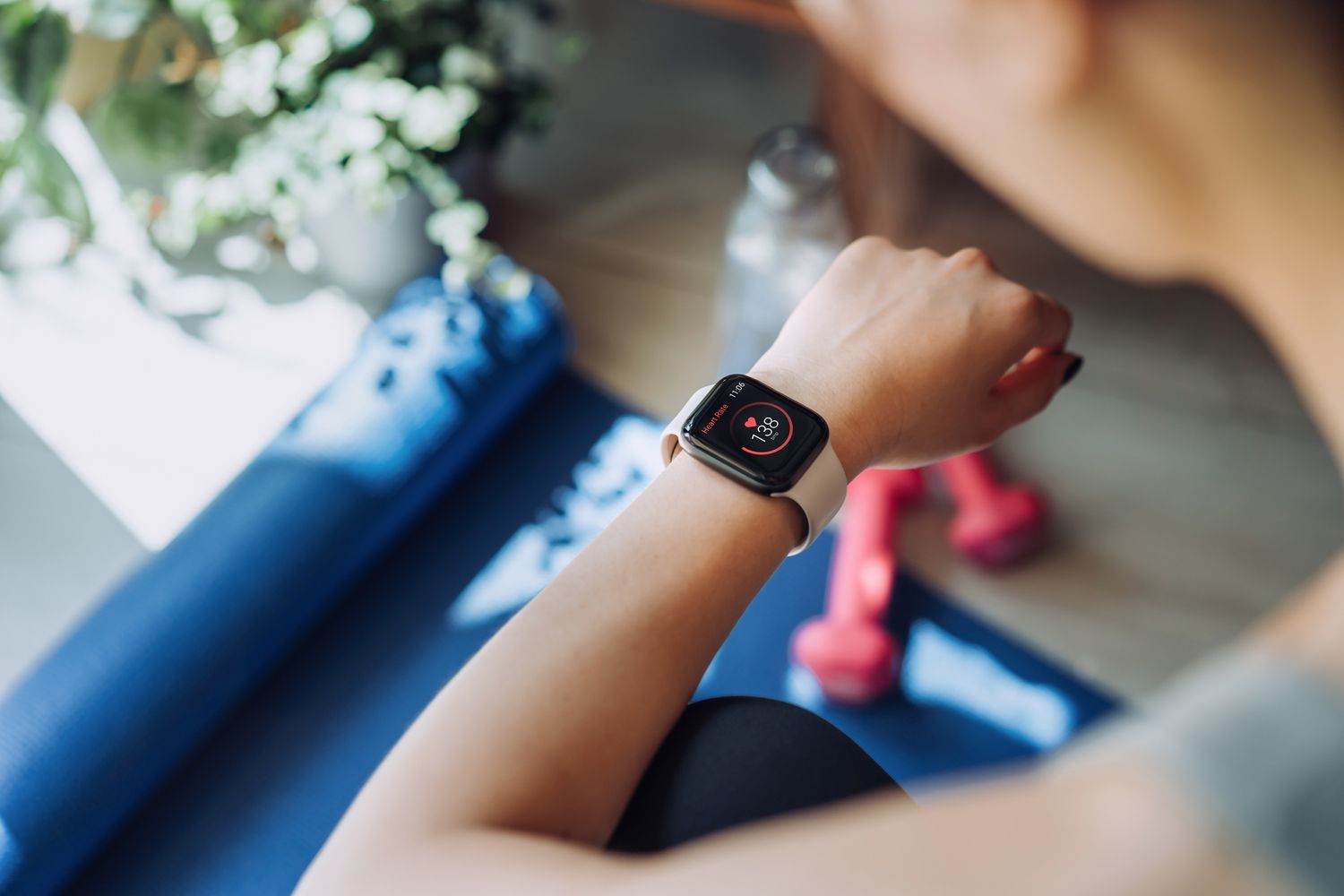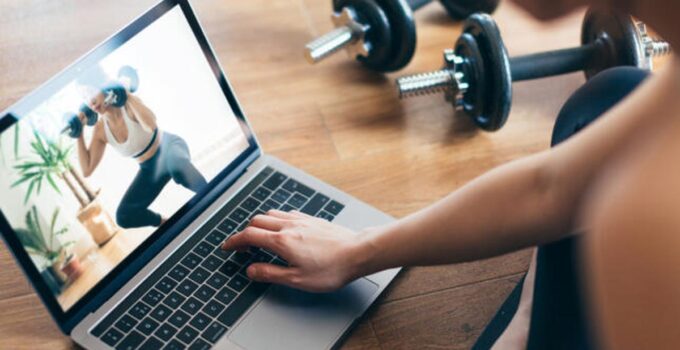Everywhere you go, everything you do, thousands of data points are being collected about your existence. Step through a store entrance, use your GPS or tap a credit card, and each action is added to the cloud.
Other entities are using all kinds of data about you — why not use some of it yourself to analyze and optimize your health habits? Technology can help you eat better, feel better, and even look better if that’s your intention. Here’s how you can use today’s tech to create a fitter, healthier future.
Page Contents
1. Use a Macro Tracker

Source: morningchalkup.com
Whether you aim to lose fat, gain muscle, or add bulk, you need a nutrition plan that will support your fitness goals. A macro tracking app can help you stay on course with just a few clicks each meal.
It will also enable you to analyze micronutrient intake and ward off vitamin and mineral deficiencies. You simply type in your food intake, scan a barcode, or take a picture. The app logs your food and calculates calories, protein, fat, carbs, and other nutritional data points.
There are hundreds of apps on the market, some free and some paid, for calorie and macro tracking. But they don’t all necessarily encourage the kinds of consistent habits that support lifelong fitness.
Many apps penalize you for going over or under your allotted intake, which can lead to unnecessary perfectionism. When you “mess up,” you may be tempted to stop tracking your food, going off your nutrition plan completely.
The only way to achieve long-term lifestyle change is to choose an eating pattern you can stick to. It should be permissive enough to adjust to your lifestyle, instead of the other way around. According to macrofactorapp.com, the best macro-tracking app to optimize your nutrition is one that’s designed to foster consistent adherence.
That means one with the flexibility to treat occasional indulgences and fluctuations as a normal, acceptable part of any healthy eating pattern.
-
Get AI-Based Workout Recommendations

Source: youtube.com
A lot of folks struggle to figure out what they should be doing when they go to the gym to work out. Maybe their form needs correcting or they don’t understand how to use the various machines.
Others suffer decision paralysis or low self-esteem and get overwhelmed the moment they walk into a gym. Even experienced fitness enthusiasts may have trouble overcoming plateaus or hitting under-utilized muscles.
For all of these people, AI-based workout recommendations can be a real lifesaver when it comes to staying in shape. There are several different programs to try, but many are as simple as telling a chatbot what kind of workout you’re looking for.
You can specify things like intensity, weight training versus cardio, your level of experience, and more. Some apps also help you build up intensity, or progressive overload, over time, so you keep making more progress.
Certain apps are even designed to sync with things like menstrual cycles. They vary your workouts depending on the time of the month and help you understand how your energy levels fluctuate with hormones.
But one downside to AI workout planners is they don’t have the human expertise to assess injury risk or adjust for medical conditions. When using one, you’ll have to take your limitations into account and modify your workouts accordingly.
3. Try a Wearable

Source: verywellfit.com
A fitness tracker or smartwatch is another great way to automate and optimize your fitness journey. Wearables are great tools for hands-off people who don’t like entering all their workout info into an app on their phone.
They let you keep an eye on your activity levels without the manual effort associated with other methods. Modern wrist wearables can sense when you’re working out, and they encourage you to become progressively more active over time.
Fitness wearables aren’t just important for making sure you get your 10,000 daily steps and don’t sit too much. They also track other important health metrics like how much time you spend sleeping and your exercise recovery time.
A few can perform an electrocardiogram — a critical heart exam that’s typically performed at a hospital. These devices can alert you if you have an arrhythmia or other heart abnormality or are at risk of an impending heart attack.
Most newer devices can also alert emergency services if you take a sudden fall or are in any kind of collision. And many track your location, a huge safety bonus if you’re out hiking or skiing, for example.
These devices are a boon for elderly people, individuals with a disability, or those who like to spend time alone in nature. They can let you enjoy your favorite physical activities and protect you in case of an accident.
Making Tech Your Fitness Partner

Source: planetfitness.com
For all that high-tech fitness devices can do, they still can’t manage the toughest part of maintaining a healthy lifestyle. They can’t (yet) pull you up off of the couch, force-feed your green juice, run your miles, or lift your weights for you. It’s still up to you to put yourself first and to give your body the love and care it deserves.
Yet they make it much easier and more efficient — and often actively encourage you — to analyze your progress and stay on target. While they can’t walk the walk for you, tech-powered fitness devices can smooth your path when it comes to pursuing your fitness goals.





